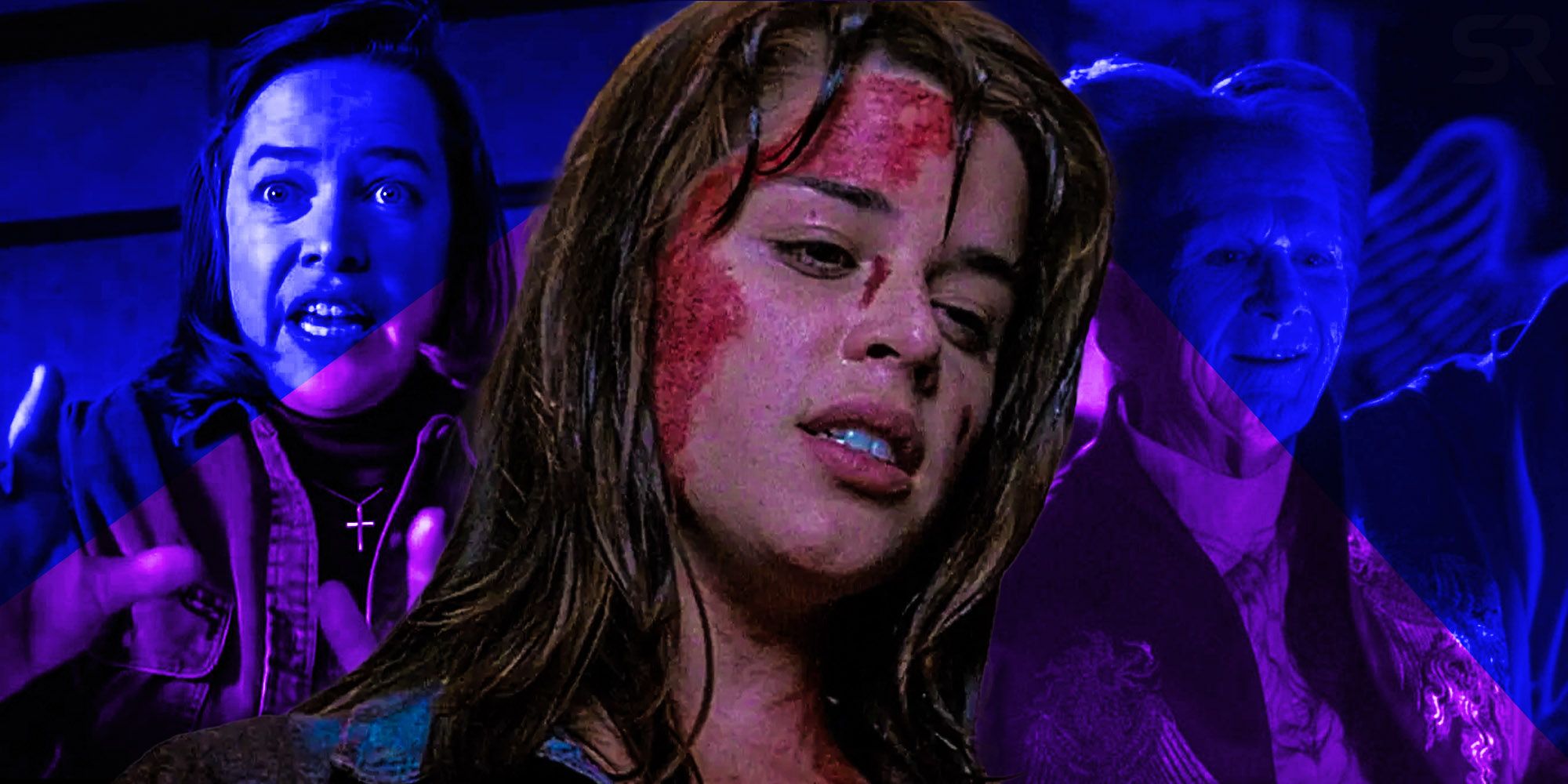
The 1990s isn’t exactly the favorite decade of horror fans, as the genre went through changes that left viewers wanting more of the style of horror movies from the 1980s – here’s what happened. The horror genre has been going through a great run in recent years with adaptations of popular works (as is Andy Muschietti’s IT duology), remakes of beloved horror movies, reboots (Fede Álvarez’s Evil Dead), and original stories (Jordan Peele’s Get Out) that have revived the genre. The success that horror movies are enjoying now comes after the genre went through a rough patch in the 1990s, a decade that isn't remembered fondly by many.
Although each decade has had its notable horror movies, the 1990s get a lot of criticism for being considered a low point in the history of the horror genre. While many horror enthusiasts considered the 1990s as the weakest decade due to its lack of interesting, engaging, and scary (though that’s subjective) stories, it wouldn’t be entirely true to call it a low point in the history of horror. The 1990s saw some really big and important productions, not just on the big screen but also on television, as it was the decade that saw the release of the IT miniseries starring Tim Curry as Pennywise, but it also made a lot of mistakes and suffered the consequences of the success of the 1980s in the horror realm.
The 1990s had the “bad luck” of being a period of transition, but what happened in the horror genre that made this decade one of many misfires and overlooked successes, giving it a bad reputation? Here’s why the 1990s were a bad decade for horror movies.
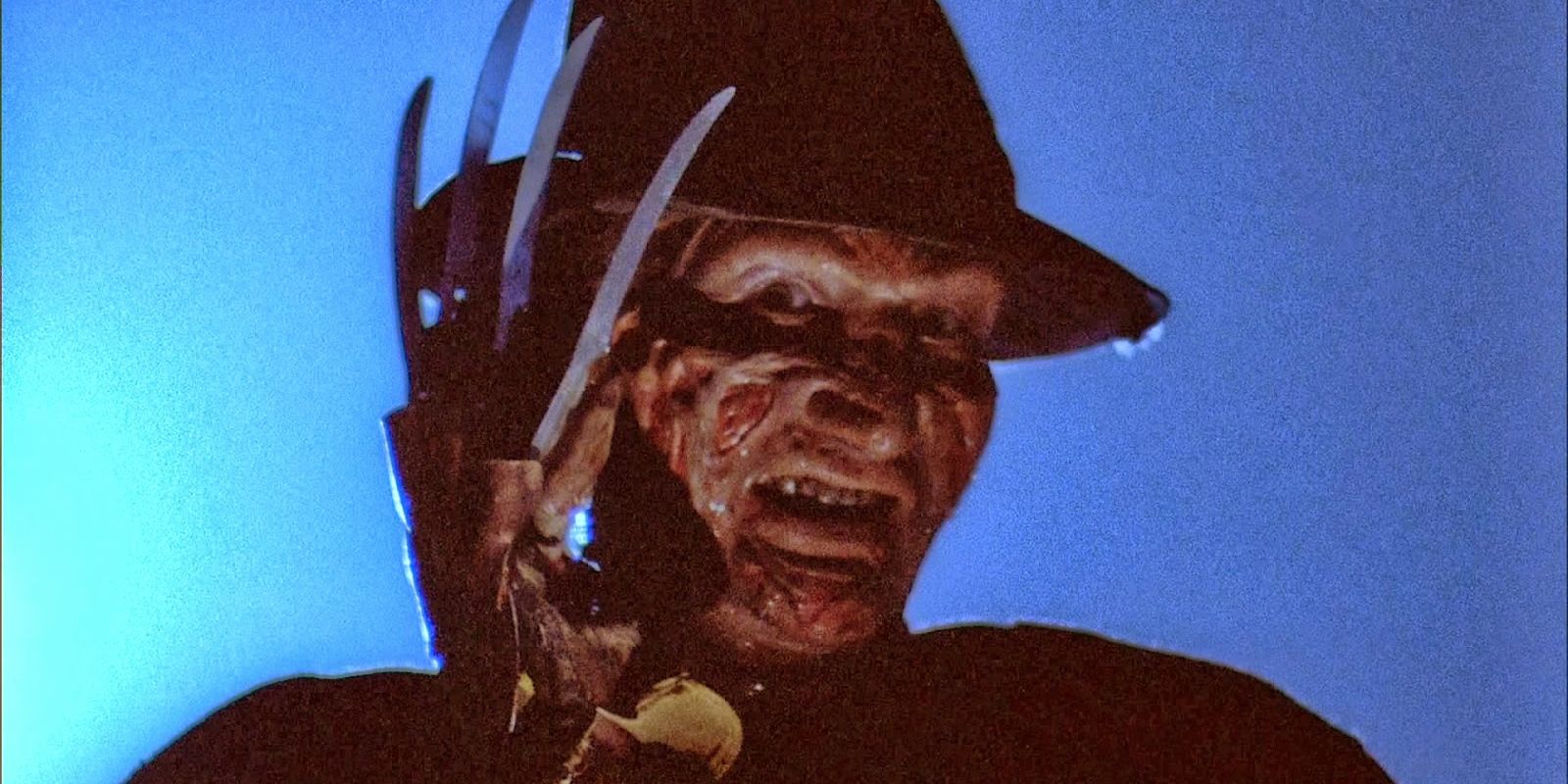
A big part of the pressure of the 1990s in the realm of horror comes from the success of the 1980s. A defining movie in the 1980s was John Carpenter’s Halloween, released in 1978, which helped popularize and develop the genre in the following years, and while it initially received negative reviews, it’s now considered a key player in the history of the horror genre and one of the best horror movies ever made. The decade started on the right foot with Friday the 13th and Sam Raimi’s The Evil Dead, which were followed by an explosion of creativity that made way for many now-classics that explored different subgenres and changed the way horror movies are made.
The 1980s saw the birth of big movies like Aliens (with the first movie, Alien, released in 1979 and also heavily influencing the genre for decades), The Blob, Hellraiser, Fright Night, Child’s Play, John Carpenter’s The Thing, David Cronenberg’s The Fly, an Wes Craven’s A Nightmare on Elm Street, all of which left their mark on the genre in different ways, and this freedom and creativity also made way for changes in how these movies are made. Practical effects proved to be the best and most impressive way to bring to life all those horrific images in the minds of the filmmakers, as seen in The Evil Dead and more, and directors found a home in the genre that allowed them to explore a variety of concepts and styles, such as a mix of sci-fi and body horror (The Fly), sci-fi, action, and horror (The Predator), and more. This was also the decade that saw the boom of the slasher genre thanks to Halloween, a style that continued beyond the 1980s but went through many struggles once the “golden era” came to an end.
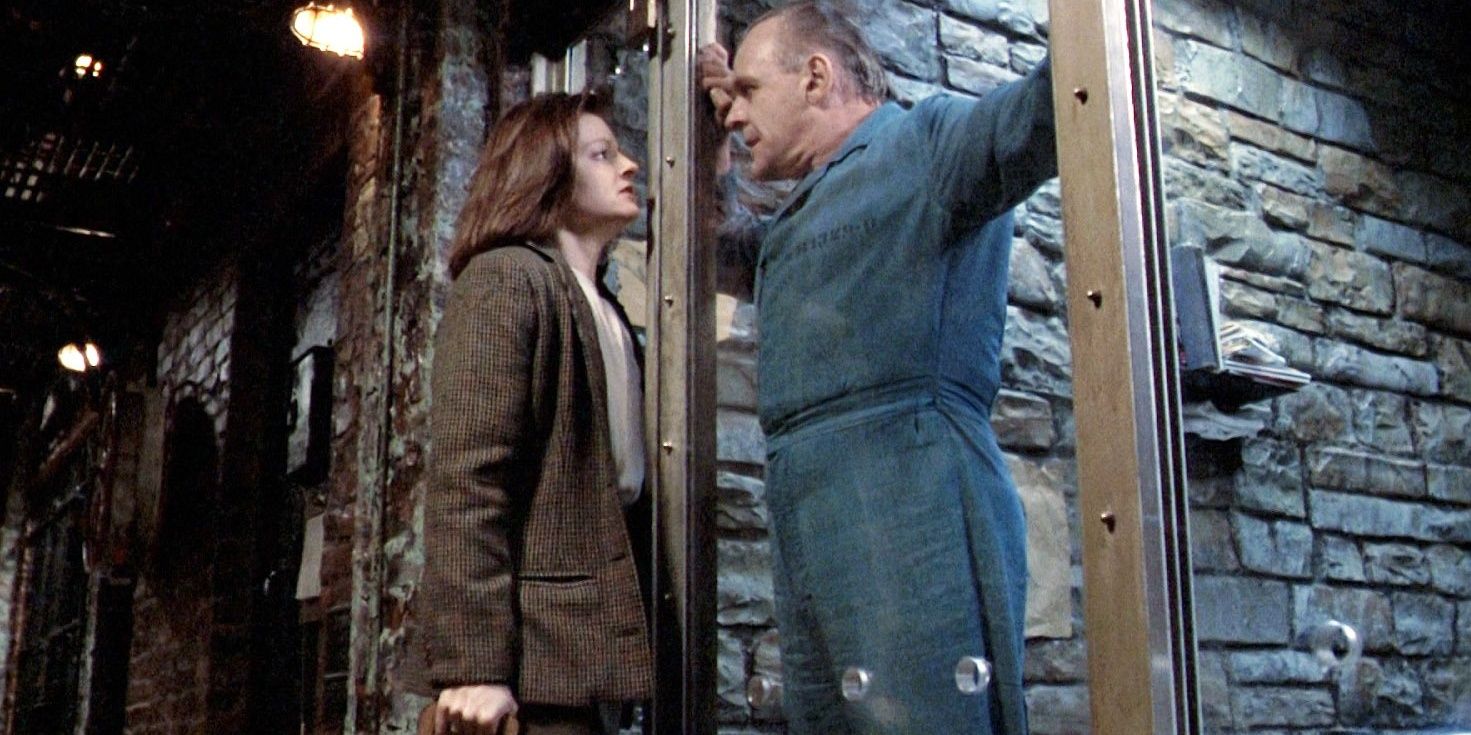
Even though the 1980s saw the birth of some of the most popular franchises in the horror genre, many classics, unforgettable characters, and played an important role in popularizing and developing the genre, it wasn’t a flawless decade. Not all movies now considered classics and influential were well-received when they were released, as was the case of Halloween, so the mainstream critics and press didn’t really have respect for the genre, which was seen as a gutter one. As a result, by the time the 1990s kicked off, the critical and financial popularity of horror was decreasing, and it didn’t help that the audience faced an oversaturation of sequels. Movies like A Nightmare on Elm Street and Friday the 13th were a big success (whether critical or financial) in the 1980s, making way for various sequels and other media that eventually turned them into franchises. Both examples had sequels in the 1980s and the 1990s, and by the time the latter began, viewers were burned out.
It didn’t help either that the MPAA was coming down hard on gore, which took that freedom the 1980s had away and left viewers looking for the same gruesome effects from the past decade only to be disappointed. Another reason behind the bad reputation of the 1990s in the horror genre is that the audience that made horror movies popular and successful in the 1980s grew up, and the next generation’s attention was instead caught by sci-fi, fantasy, and CGI. All these restrictions, criticism, and changes transformed the perspective the audience had of horror movies, with movies like The Silence of the Lambs and Misery, both very successful with critics, branded as “classy psychological thrillers” rather than “horror movies”, as that would have tainted their names, which in turn drove studios to greenlight fewer horror projects.
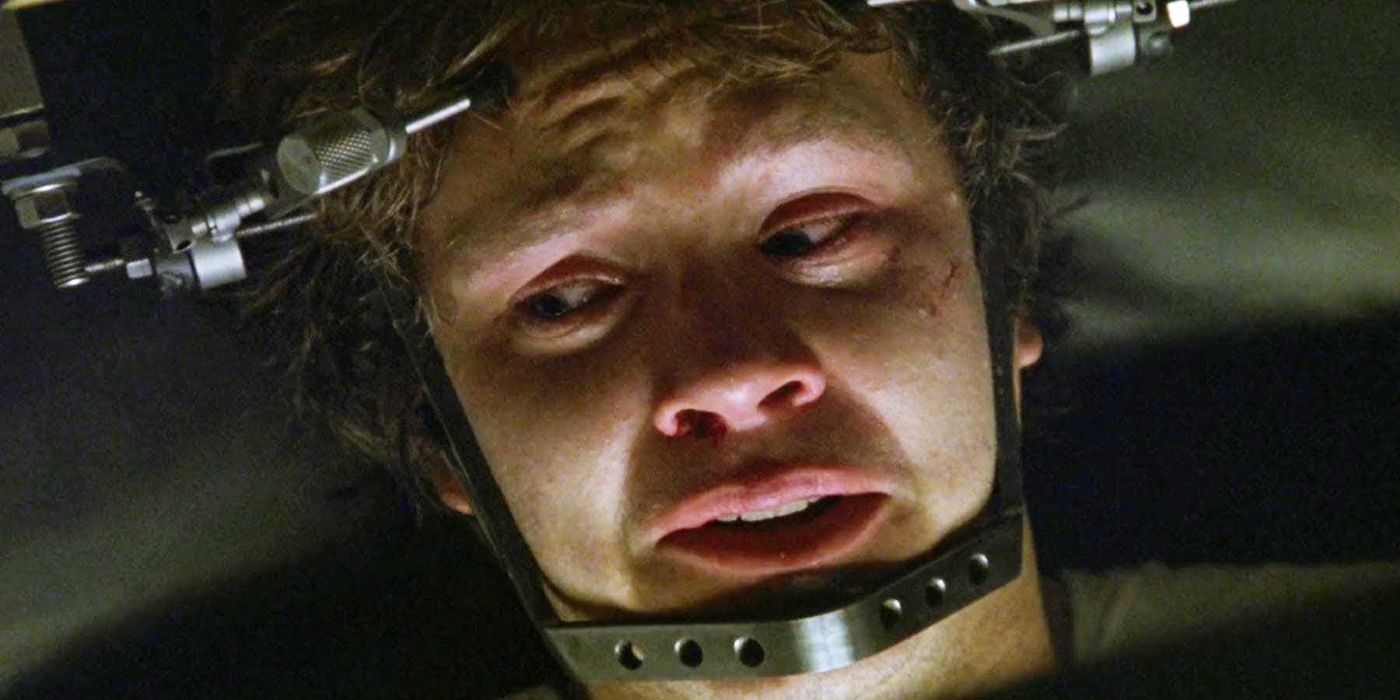
Not everything was bad horror movies in the 1990s and avoiding that label by using fancier ones, as this decade also produced some great horror stories. Movies like Jacob’s Ladder, Bram Stoker’s Dracula, In The Mouth of Madness, Candyman, and Wes Craven’s New Nightmare (the only product from a 1980s franchise to be well-received during this decade) prove that not every horror movie that came out in the 1990s was a waste, but they do show that what studios were lacking was freshness and edge, as they all offered something new (unusual narrative styles, dark urban legends, meta stories, etc) and thus the audience welcomed them with open arms.
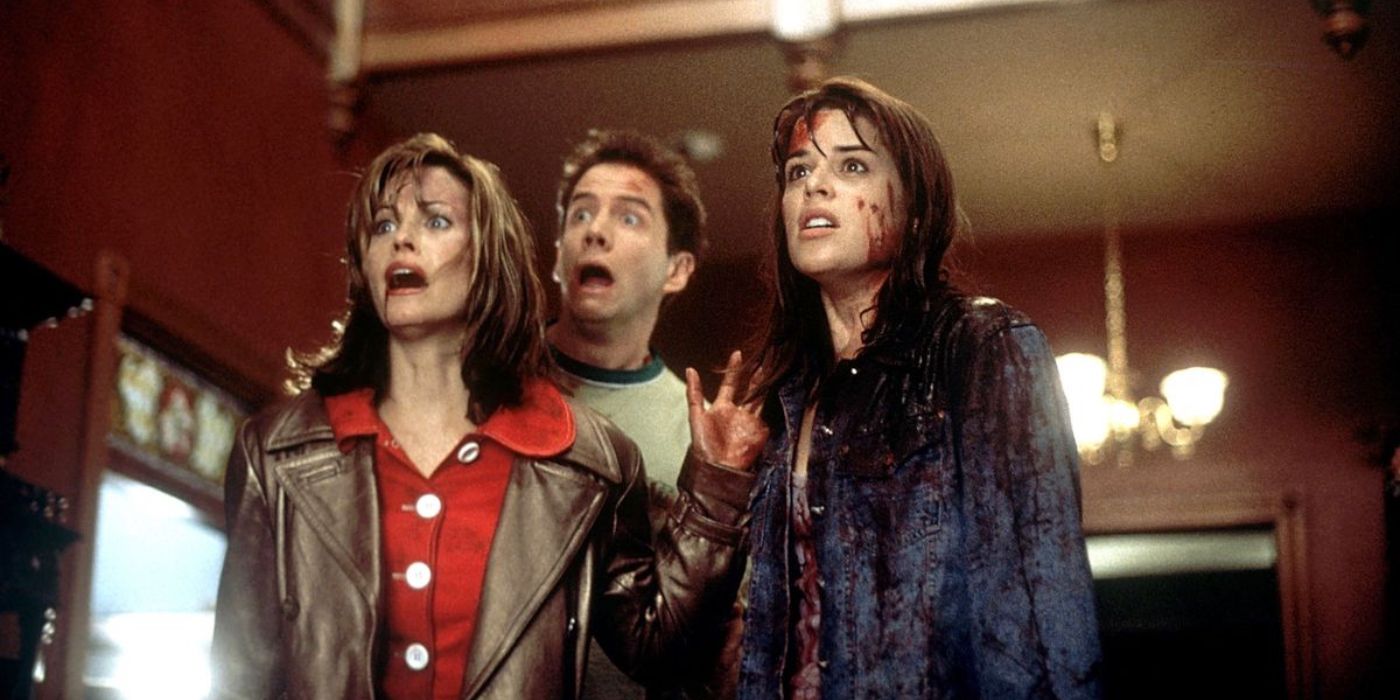
In order to reconnect with the audience, get the attention of new generations, and keep the genre afloat, horror had to change, and the solution was found in meta, self-mockingly ironic stories, and the biggest example and success of this is Wes Craven’s Scream, released in 1996. Although Scream is a slasher movie, its self-awareness, mockery, and criticism of the genre made it a big success, and in turn, it revived the horror genre in the 1990s. Scream’s success also helped revive the slasher genre, though more toned down than in the 1980s, and while this new style wasn’t everyone’s cup of tea, it proved that there was still life in the genre.
Scream was not only followed by three sequels but also by other movies that followed its path, though not all of them as successfully, as happened with I Know What You Did Last Summer and Urban Legend. This revival of the horror genre made it possible for other waves to arrive and carry on with it after the 1990s, as seen with the Japanese horror craze of the 2000s that began with the 1998 movie The Ring, which got an American remake in 2002. The 1990s, compared to the 1980s in terms of horror movies, were certainly weaker but not terrible, as this decade did have great movies from different subgenres and kept the genre alive so other styles and stories could take over in the 2000s and beyond.
from ScreenRant - Feed https://ift.tt/3obw0lq





No comments: